|
|
|||||||||||||||||||||||||||||||
|
Preliminary ProgramMonday, December 4th08:00-08:30 Registration08:30-08:40 Opening SessionJorge Campos (UNIFACS)Clodoveu A. Davis Jr. (UFMG) Gilberto Ribeiro (INPE) 08:40-10:00 Technical Session 1Chair: Tiago Carneiro
10:00-10:30 Coffee break
| ||||||||||||||||||||||||||||||
|
The Era of Big Spatial Data
Ahmed Eldawy
|
| The explosion in the amount of spatial data in the recent years urged researchers to build specialized systems for big spatial data. This talk will describe the challenges associated with big spatial data processing and the opportunities in the emerging big data technology. At the beginning, it will talk about recent advance in big data technology and the special needs for geography and other spatial applications. After that, it will delve into the details of the spatial indexing, spatial query processing, and spatial visualization. Finally, interesting open problems and future directions will be given to assist current and future researchers in the area of big spatial data. /td> |
12:00-14:00 Lunch Break
14:00-15:20 Technical Session 2
Chair: Carlos Alberto Felgueiras- Segmentation of optical remote sensing images for detecting homogeneous regions in space and time
Wanderson Costa, Leila Fonseca, Thales Körting, Margareth Simoes, Hugo Bendini, Ricardo Souza - A Method to Build Cloud Free Images from CBERS-4 AWFI Sensor Using Median Filtering
Laercio Namikawa - VisGL: an Online Tool for Visualization of Bivariate Georeferenced Data
Tarsus Pinheiro, Claudio Esperança - Simultaneous multi-source and multi-temporal land cover classification using Compound Maximum Likelihood classification
Mariane Souza Reis, Luciano Vieira Dutra, Maria Isabel S. Escada
15:20-16:00 Short poster pitch
Lightning (3 to 4 minutes) call for visitation to the poster sessionChair: Clodoveu Davis
- Correlação entre o rendimento da soja e os dados de estiagem utilizando dados EVI/Modis na região centro do Estado do Rio Grande do Sul − BR
Pâmela Pithan, Manoel Júnior, Elódio Sebem - Classificação Semi-automática de áreas Queimadas com o uso de Redes Neurais
Ronaldo Andrade, Olga Bittencourt, Fabiano Morelli, Rafael Santos - Sensoriamento Remoto como Análise da Expansão Urbana e a Relação com áreas de Preservação Permanente na sede do município de Castanhal-PA
Thais Sousa, Erlen Almeida, Yuri Dias, Thiago Souza, Bruna Pontes - Utilização de dados de altimetria para o fornecimento de rotas acessíveis para cadeirantes
Guilherme Barczyszyn, Nádia Kozievitch, Rodrigo Minetto, Ricardo Silva, Juliana de Santi - OpenStreetMap: Quality assessment of Brazilâs collaborative geographic data over ten years
Gabriel Medeiros, Maristela Holanda, Aleteia Araujo, Marcio Victorino - Towards a query language for spatiotemporal data based on a formal algebra
Carlos Romani, Gilberto Câmara, Gilberto Ribeiro Queiroz, Karine Reis Ferreira, Lubia Vinhas - Geographic Information Extraction using Natural Language Processing in Wikipedia Texts
Edson Lima, Clodoveu Davis - Geração automática de script SQL para restrições de integridade topológicas utilizando o perfil GeoProfile
Vinícius Sperandio, Sérgio Stempliuc, Thiago Ferreira, Jugurta Lisboa-Filho - Comparação de Desempenho na Indexação de Big Geospatial Data em Ambiente de Nuvem Computacional
Joao Bachiega, Marco Reis, Maristela Holanda, Aleteia Araujo
16:00-16:30 Coffee break 
16:30-18:30 Short course
|
Big Earth Observation Data Analytics
Gilberto Ribeiro de Queiroz, Rolf Simões, Vitor Gomes
|
| There has been a significant recent effort to develop methods to analyse big Earth observation data and build databases for large image sets. The new big EO data sets allow researchers to analyse dense time series of satellite data and then use the results to describe how changes happen. This tutorial will describe recent results on methods for management and analysis of large EO data sets. We will discuss data store in array databases, web services for big EO data, and machine learning methods for land use and land cover classification of satellite image time series. The course will use a hands-on approach, with examples and applications developed in the R open source environment. |
19:00-23:00 Social Event
Tuesday, December 5th
08:30-09:50 Technical Session 3
Chair: Laércio Namikawa- Learning spatial inequalities: a clustering approach
Juliana Siqueira-Gay, Mariana Giannotti, Monika Sester - Modeling and visualization of uncertainties of categorical spatial data using geostatistics, 3D planar projections and color fusion techniques
Carlos Felgueiras, Jussara Ortiz, Eduardo Camargo, Laércio Namikawa, Thales Körting - Plataforma VGI para Auxílio à Navegação de Deficientes Visuais
Igor Cruz, Cláudio Campelo, Cláudio Baptista - Computational System for Monitoring and Risk Analysis Based on TerraMA2 to Ouro Preto City
Ricardo Ramos, Marconi Pereira, Tales Oliveira, Heraldo Pitanga
09:50-10:20 Demo pitch
Chair: Cláudio Campelo- ClickOnMap 2.0: uma Plataforma para Desenvolvimento ágil de Sistemas de Informação Geográfica Voluntária (VGI)
Jean Câmara, Rafael Pereira, Wagner Souza, Jugurta Lisboa-Filho - Aplicação Android para auxílio à navegação de Deficientes Visuais
Igor Cruz, Cláudio Campelo, Cláudio Baptista - edpMGB: um editor SaaS para o Perfil de Metadados Geoespaciais do Brasil
Vitor Dias, Marcos Montanari, Layane Loti, Jugurta Lisboa-Filho - TerraMA2Q - Monitoramento de queimadas com a plataforma TerraMA2
Jano Simas, Fabiano Morelli, Alberto Setzer, Eymar Lopes, Gilberto Queiroz - BDQueimadas - Banco de Dados de Queimadas
Jean Souza, Fabiano Morelli, Alberto Setzer, Gilberto Queiroz - ClickOnMap Mobile: Aplicativo Móvel de Coleta de Informações em Tempo Real para Múltiplos Sistemas de VGI
Zoárd Geöcze, Lucas Vegi, Rafael Pereira, Jugurta Lisboa-Filho - TerraME 2.0
Pedro Andrade, Tiago Carneiro, Rodrigo Avancini - A Framework for Trajectory Data Mining
Diego Monteiro, Karine Ferreira, Rafael Santos, Pedro Andrade - Sistema on-line para visualização de perfis temporais de índices vegetativos de imagens MODIS
Júlio César D. M. Esquerdo, Alexandre C. Coutinho, Jo&atild;o F. G. Antunes
10:20-11:00 Coffee break 
11:00-12:30 Keynote Address
Chair: Gilberto Ribeiro|
Challenges in Urban Computing
Clodoveu A. Davis Jr
|
|
In the days of urban GIS projects, in the early nineties, there was much discussion about data conversion and geographic database creation. There was the need to adequately represent components of the many systems that compose a modern city. Actors such as the local government and utility companies were predominant in these efforts, which pioneered the integration of geographic information to corporate systems.
Current discussions on the importance of cities and on the need to improve their internal systems take for granted the wide availability of basic GIS data. There is now the need to explore new (and big) sources of data, such as environmental sensors and mobile devices. Crowdsourcing and crowdsensing are an integral part of this scenario, either using volunteered contributions or passive data extraction from social networks, regardless of bias and coverage deficiencies. Urban computing connects all types of sensing technologies and methods to advanced data management and analysis, in order to tackle the main issues that cities face, seeking more efficient urban systems, and measuring impact in terms of improved quality of life for citizens. Through urban computing problems, Computer Science achievements and advancements in areas such as data integration, management, and analytics are put to the test, when faced with a continuous set of complex situations and the need for quick responses to problems. The talk discusses the numerous challenges that present themselves for the advancement of urban computing. A special attention is given to particular problems faced by Brazilian cities, regarding data availability and integration. |
12:30-14:00 Lunch Break
14:00-15:20 Technical Session 4
Chair: Jugurta Lisboa Filho- A Statistical Method for Detecting Move, Stop and Noise Episodes in Trajectories
Tales Paiva Nogueira, Hervé Martin, Rossana Maria de Castro Andrade - Optimization of New Pick-up and Drop-off Points for Public Transportation
Cristiano Martins Monteiro, Flávio Vinícius Cruzeiro Martins, Clodoveu Davis - How Reliable is the Traffic Information Gathered from Web Map Services?
Alan de Lima, Jorge Campos - GIS4Graph: a tool for analyzing (geo)graphs applied to study efficiency in a street network
Aurelienne Jorge, Márcio Rossato, Roberta Bacelar, Leonardo Santos
15:20-16:40 Long coffee break: posters and demos interactive session 
16:40-18:00 Technical Session 5
Chair: Júlio César D. M. Esquerdo- Evaluation of the Image Quality Index in Mosaics
Pedro Almeida, Joel Rosa, Selma Ribeiro, Luciano Senger - An algebra for modeling and simulation of continuous spatial changes
André Amâncio, Tiago Carneiro - Spectral normalization between Landsat-8/OLI, Landsat-7/ETM+ and CBERS-4/MUX bands through linear regression and spectral unmixing
Rennan Marujo, Leila Fonseca, Thales Körting, Hugo Bendini - Comparison of Machine Learning Techniques For the Estimation of Climate Missing Data in the State of Minas Gerais
Lucas Bayma, Marconi Pereira
18:00-18:30 Special demo: Alexander Zipf
Chair: Cláudio Campelo
18:30-19:00 Lightning talks
Chair: Antônio Miguel Vieira MonteiroWednesday, December 6th
08:30-09:50 Technical Session 6
Chair: Thales Körting- TerraClass x MapBiomas: Comparative assessment of legend and mapping agreement analysis
Alana Neves, Thales Körting, Leila Fonseca, Gilberto Queiroz, Lúbia Vinhas, Karine Ferreira, Maria Isabel Escada - Um ambiente para análise exploratória de grandes volumes de dados geoespaciais: explorando risco de fogo e focos de queimadas
Vitor Gomes, Gilberto Queiroz, Karine Ferreira, Luciane Sato, Rafael Santos, Fabiano Morelli - A System Embedded in Small Unmanned Aerial Vehicle for Vigor Analysis of Vegetation
Joanacelle Caldas, Renato Constantino, Tiago Nascimento, Alisson Brito - Remote Sensing Image Information Mining applied to Burnt Forest Detection in the Brazilian Amazon
Mikhaela Pletsch, Thales Körting
09:50-10:20 Coffee break 
10:20-11:40 Technical Session 7
Chair: Pedro Ribeiro de Andrade- Dinâmica fluvial do rio Amazonas entre Manaus e Itacoatiara com o uso de imagens de satélite
Ericka Oliveira, Rogério Marinho - Detecção automática de corpos hídricos em imagens Sentinel-2: uma análise da integração do algoritmo Fmask aos índices espectrais NDWI e MNDWI
Thales Penha, Mikhaela Pletsch, Celso Silva Junior, Thales Körting, Leila Fonseca - Use of Spatial Visualization for Patterns Discovery in Evapotranspiration Estimation
Fernando Xavier, Maria Luíza Correa Brochado - Exploring the relationship between Landsat-8/OLI remote sensing reflectance and optically active components in the surface water at the UHE Maua/PR
Adriana C de Freitas Pereira, Evlyn M.L. de Moraes Novo, Jaqueline A. Raminelli
11:40-12:00 Closing Session
12:00-12:30 GeoInfo 2018 and Special SBC Geoinformatics Committee Meeting
 |
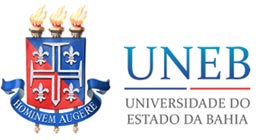 |
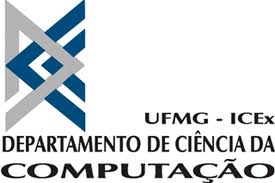 |
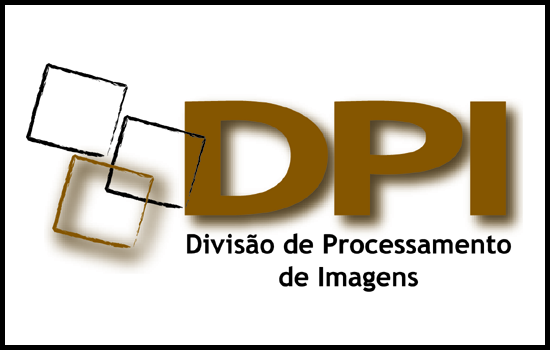 |
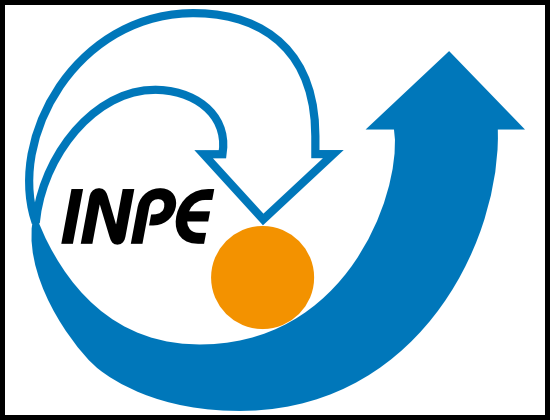 |
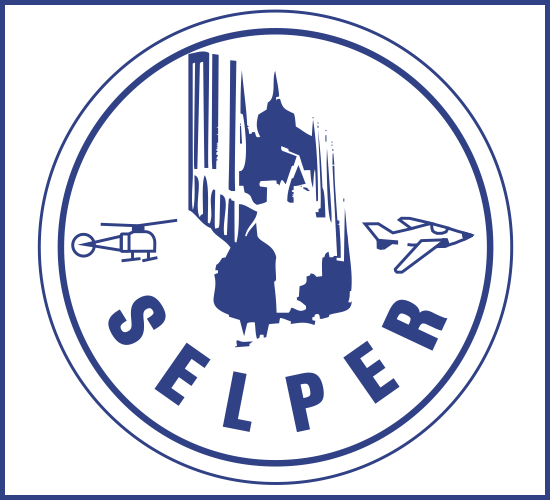 |
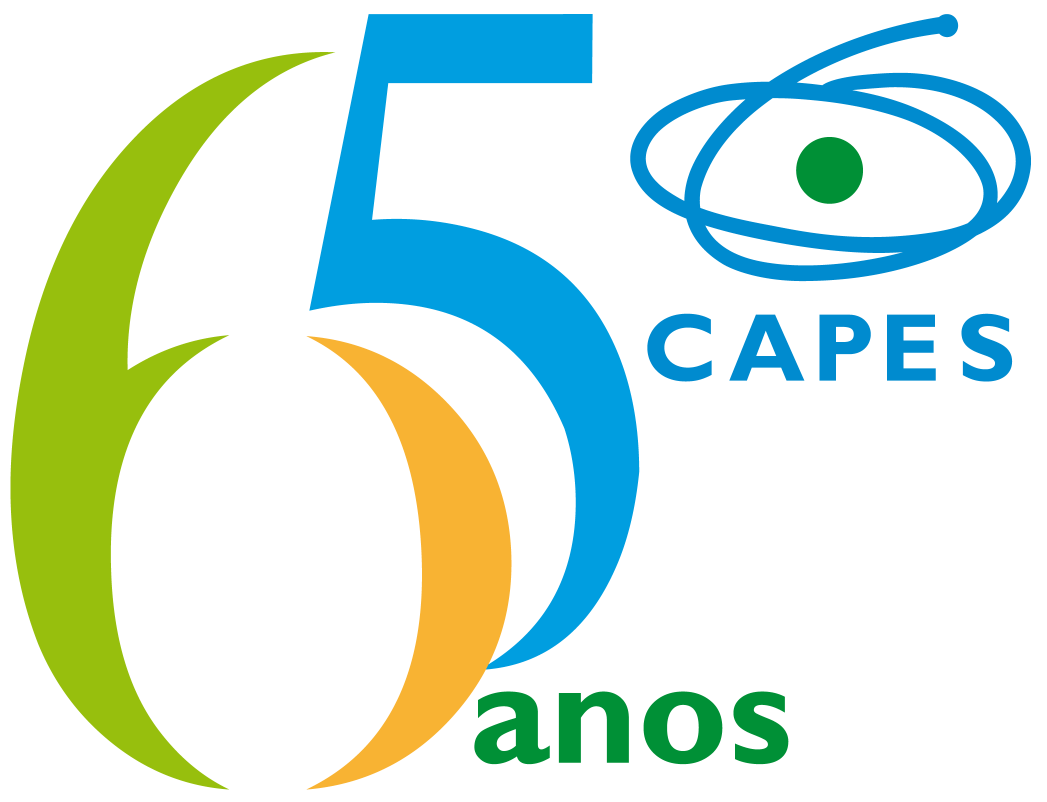 |
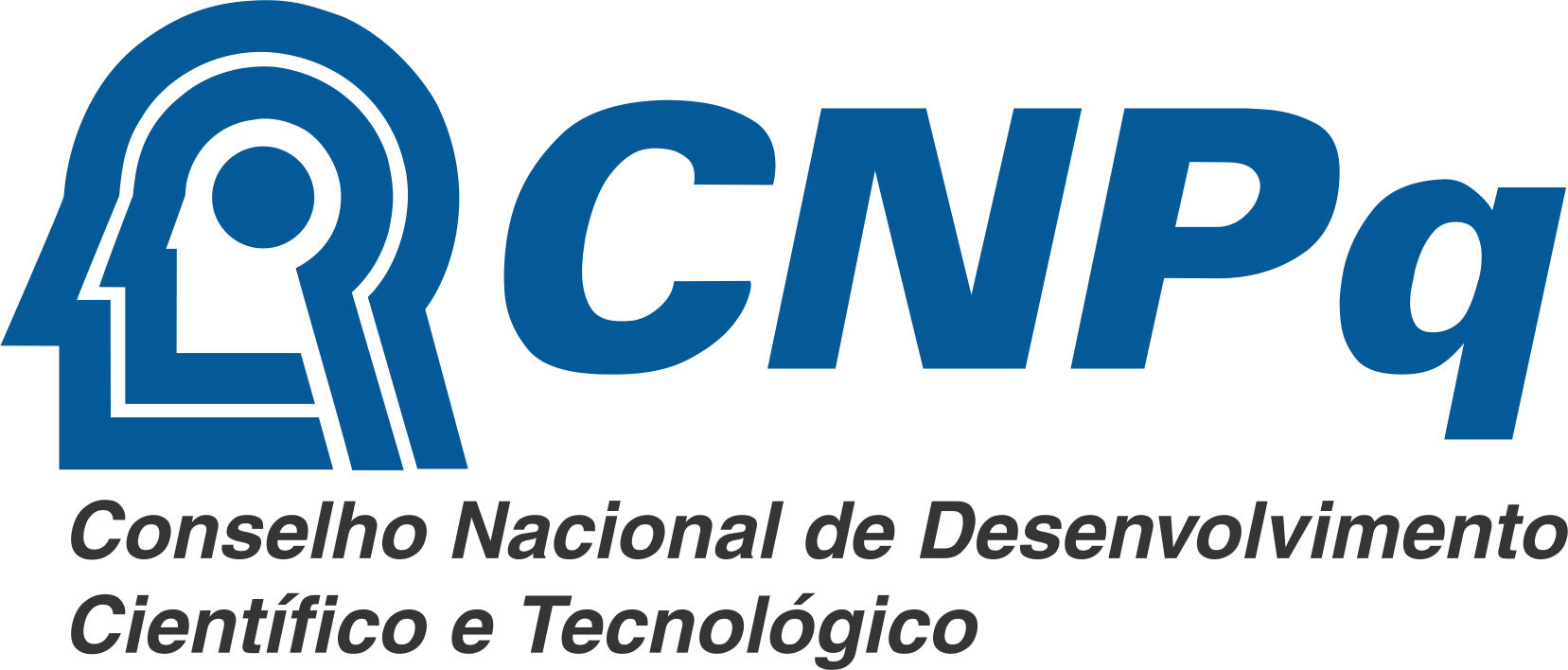 |
